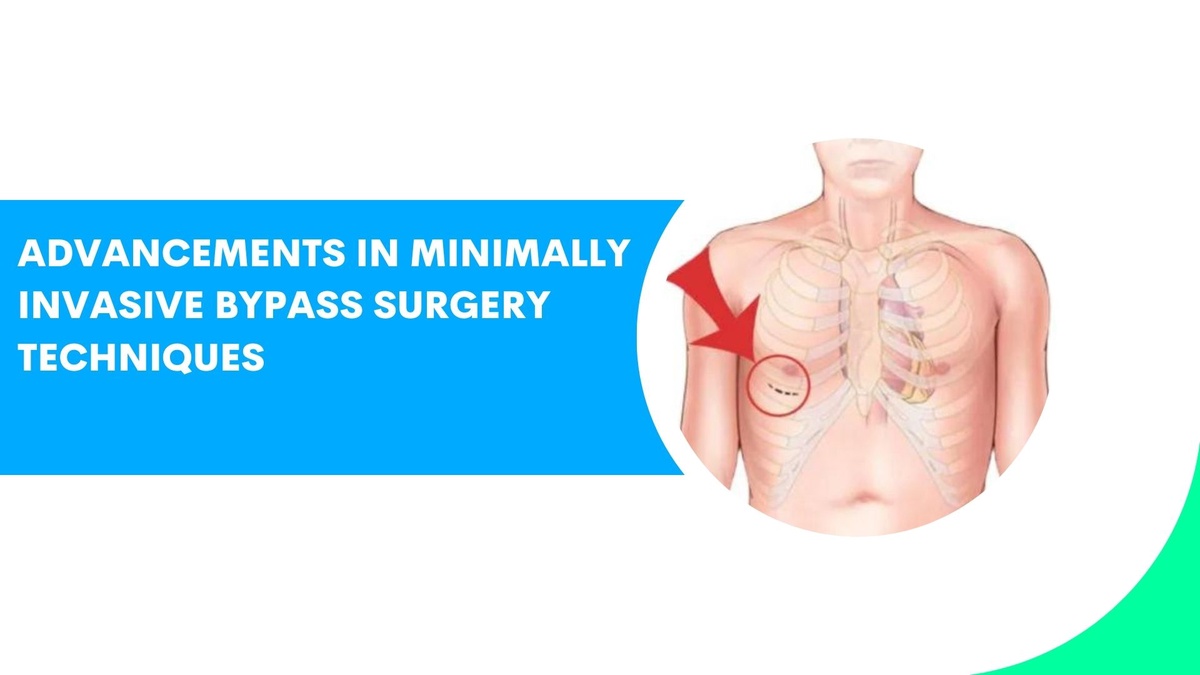Minimally invasive bypass surgery techniques have revolutionized the field of cardiovascular surgery, offering patients a safer and more effective alternative to traditional open-heart surgery. These techniques, also known as minimally invasive coronary artery bypass grafting (CABG), utilize smaller incisions, specialized instruments, and advanced imaging technologies to access and repair blocked or damaged coronary arteries. In this article, we explore the latest advancements in minimally invasive bypass surgery techniques, highlighting their benefits and outcomes.
Evolution of Minimally Invasive Bypass Surgery
Minimally invasive bypass surgery techniques have evolved significantly over the past few decades, driven by advancements in surgical technology and techniques. The first minimally invasive CABG procedures were performed in the 1990s and involved small incisions, specialized endoscopic cameras, and robotic-assisted surgical instruments. These early procedures were primarily used for selected patients with single-vessel disease and offered reduced pain, shorter hospital stays, and faster recovery times compared to traditional open-heart surgery.
Current Techniques and Technologies
Today, minimally invasive bypass surgery techniques have expanded to include a range of procedures, such as robotic-assisted CABG, off-pump CABG, and hybrid CABG procedures. These techniques utilize advanced imaging technologies, such as intraoperative angiography and 3D mapping, to precisely identify and repair blocked or damaged coronary arteries. Robotic-assisted CABG, for example, uses robotic arms controlled by the surgeon to perform intricate bypass grafting with unparalleled precision and dexterity.
Benefits of Minimally Invasive Bypass Surgery
Minimally invasive bypass surgery offers several key benefits over traditional open-heart surgery, including:
- Smaller Incisions: Minimally invasive techniques require smaller incisions, resulting in less trauma to the surrounding tissues and reduced scarring.
- Faster Recovery: Patients undergoing minimally invasive bypass surgery typically experience faster recovery times and can return to normal activities sooner.
- Reduced Risk of Infection: Smaller incisions and reduced tissue trauma lead to a lower risk of postoperative infections.
- Improved Cosmesis: Minimally invasive techniques result in less visible scarring, improving the cosmetic outcomes for patients.
Outcomes and Success Rates
Studies have shown that minimally invasive bypass surgery techniques offer comparable outcomes to traditional open-heart surgery in terms of graft patency rates, long-term survival, and freedom from angina. Patients undergoing minimally invasive CABG also report higher satisfaction rates and improved quality of life compared to those undergoing traditional surgery. Additionally, the risk of stroke and other complications is generally lower with minimally invasive techniques, making them a preferred choice for many patients and surgeons alike.
Conclusion
Advancements in minimally invasive bypass surgery techniques have transformed the field of cardiovascular surgery, offering patients a safer, more effective, and less invasive alternative to traditional open-heart surgery. These techniques, coupled with advanced imaging technologies and robotic-assisted surgical systems, have significantly improved patient outcomes and quality of life. As technology continues to advance, we can expect further refinements in minimally invasive bypass surgery techniques, leading to even better outcomes for patients with coronary artery disease.
Source:- https://www.micsheart.com/minimally-invasive-bypass-surgery/


No comments yet